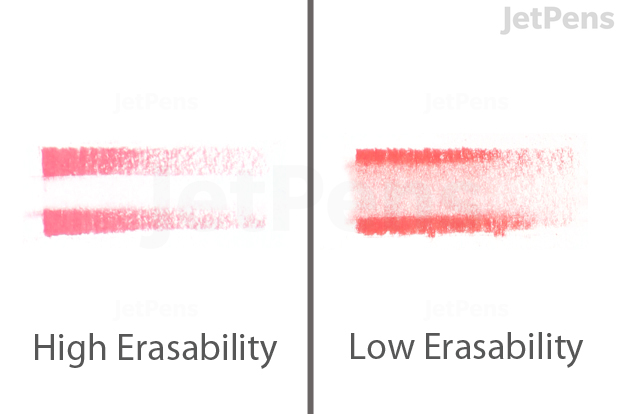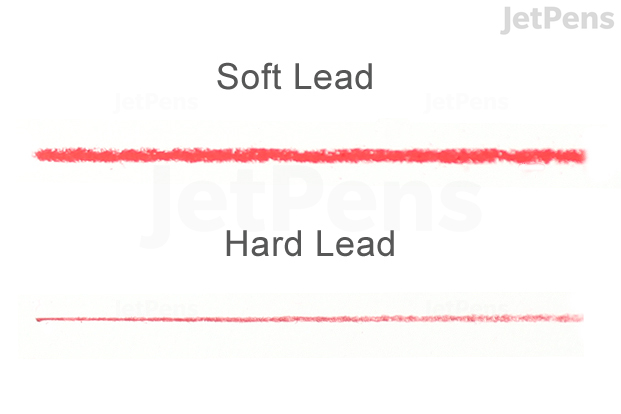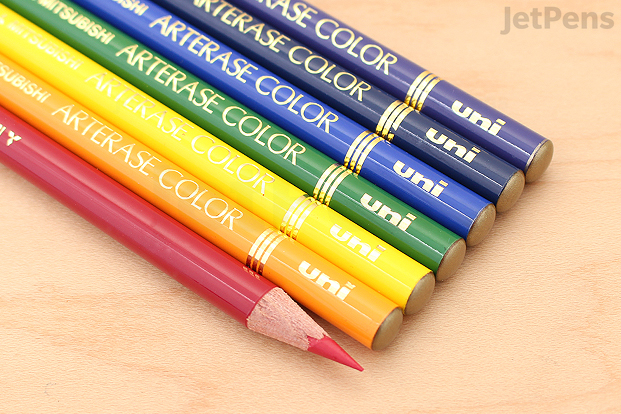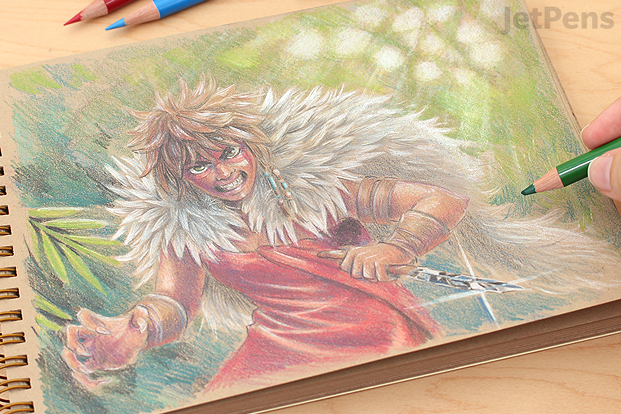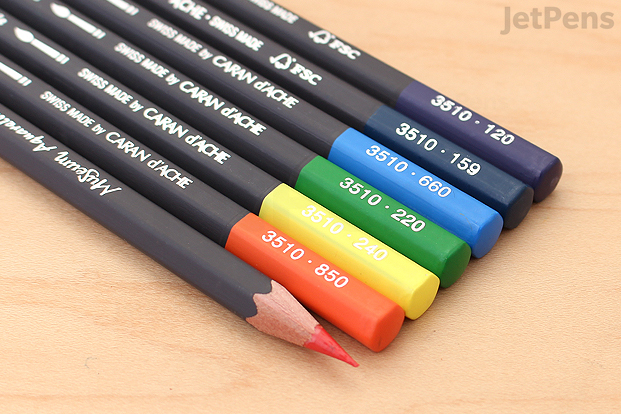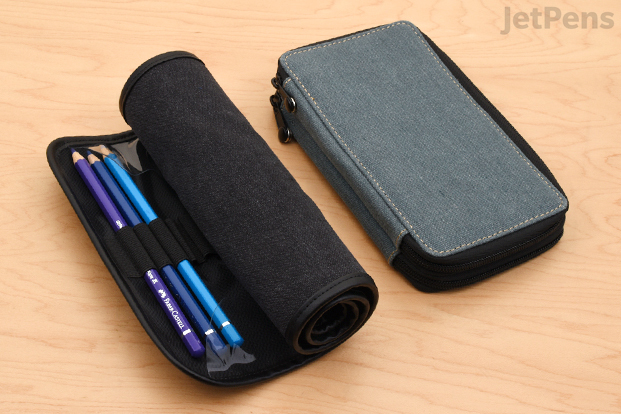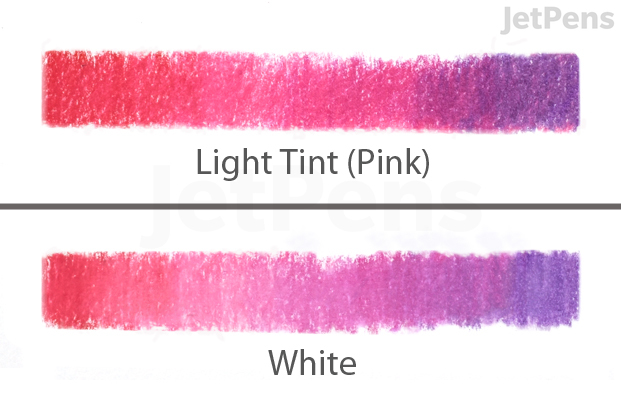
As simple as they seem, colored pencils are a foundational part of any art kit.
Their intuitive design has made them a favorite family art supply, but colored pencils also come in artist-quality varieties that are as far removed from basic pencils as sports cars are to go carts. These performance colored pencils allow artists a fine degree of control over texture and detail, creating endless possibilities for sophisticated drawings.
Like watercolors, colored pencils can be blended and layered together to develop complex hues. They also require few supplies, are low maintenance, and have no risk of stains or spills. This makes them ideal for both traveling artists and beginners: a pencil set, sketchbook, sharpener, and eraser are all you need for most colored pencil techniques. Keep reading to see what to look for in a colored pencil, our top colored pencil recommendations, tips on how to use colored pencils, and detailed test results for opacity, erasability, solubility, and more.











